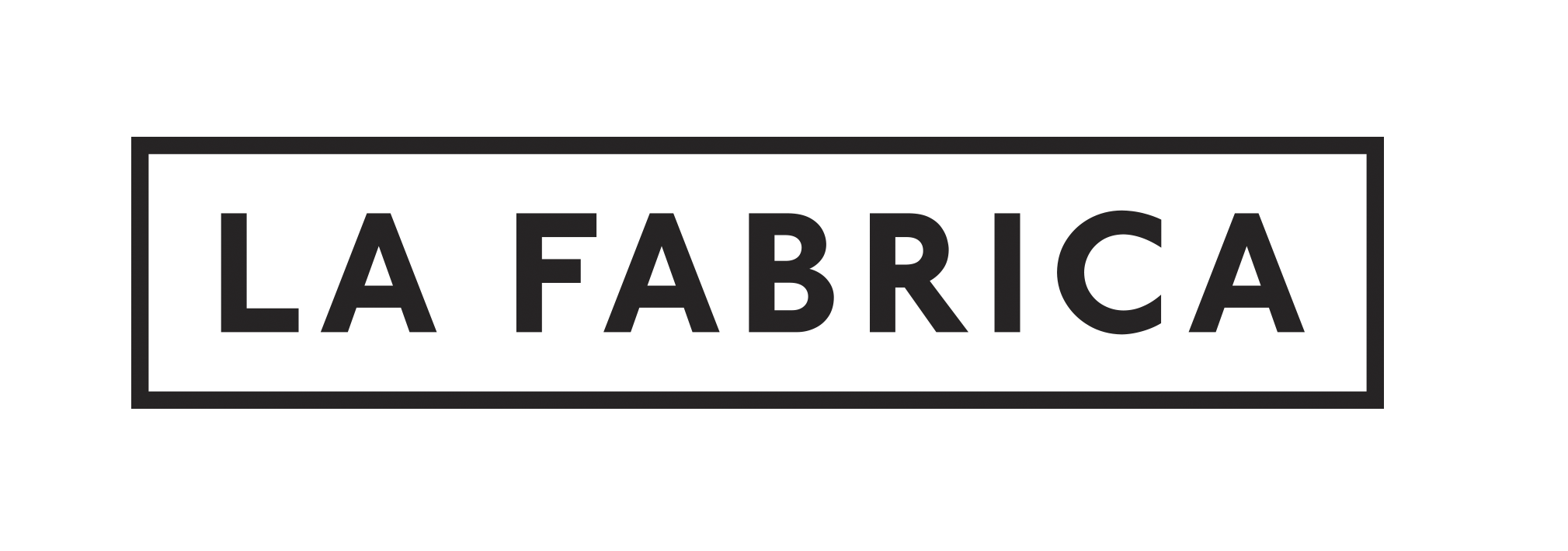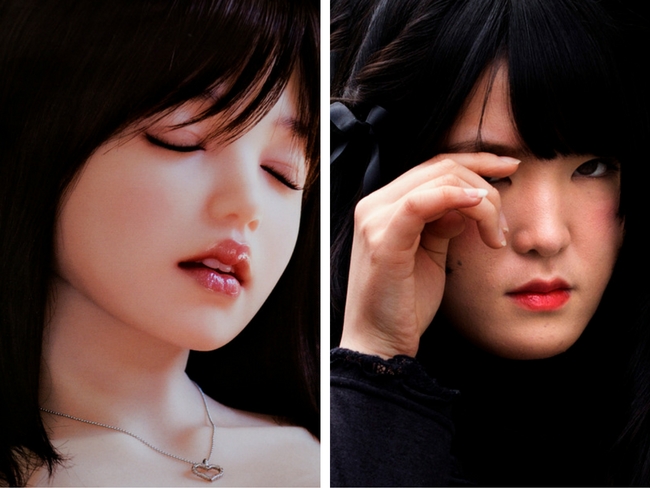La Fábrica is publishing the first book by this Madrid-based photographer, who uses Japanese love dolls as a metaphor for reflecting on stereotypes and how identity is constructed
An analysis of how the power of society, culture and tradition bear a crucial influence on individual behaviour by limiting the development of individual identity
64 pages | Spanish-English | 19 x 28 cm Suggested retail price €38 | ISBN 978-84-16248-85-8
Download images from Wannabe More information: www.lafabrica.com
Silicon dolls that resemble perfect women, and real women seeking perfection so they resemble dolls. Along with them, the unconscious represented as a fish, as a metaphor of a murky, disturbing world.
Wannabe, the first book by photographer Elisa González Miralles, is a striking photographic story that reflects on interpersonal relationships, stereotypes, the construction of identities and objectification. Its point of departure is the phenomenon of Japanese love dolls. These luxury items, which cost more than 6,000 euros, are silicon dolls made in the image and likeness of a real woman. They weigh around 40 kg and wear size 36. They are hyper-realistic sex toys that are purchased and customised, with every single detail handpicked by the client.
As González Miralles says: “With this project I wanted to question how a society and its standards determine the behaviour of an individual and limit the development of their identity. I reflect on girls who want to look like dolls, about the objectification of these women to serve a society and customs that generate automated behaviours.”
The idea around which Wannabe revolves came from a trip the photographer took to Japan in 2002. At that time, González Miralles discovered the custom of “replacing” real women with these hyper-realistic dolls. She returned to Japan in 2013 with the idea of making an artwork on those objects, but she was confronted with the paradox that real women were adopting the appearance of the dolls and even altering their physical appearance to become replicas of these artificial products, which are anatomically and physically perfect but lack a soul.
The photographs comprising the Wannabe series test the viewer’s visual acuity, as sometimes it is difficult to distinguish the images of real women from those of the dolls. And to further explore this conflict, González Miralles uses a symbolic element: the puffer fish, whose flesh is delectable and exclusive yet extraordinarily dangerous if not prepared correctly because it contains a neurotoxic poison which leads to muscular paralysis and death by asphyxiation. As the artist explains, this fish represents “the unconscious of these women, who are condemned to satisfy social expectations and follow the instructions needed to meet the imposed standard of beauty”.
About the author
Elisa González Miralles (Madrid, 1978) has been involved in the world of photography since 2005. She won the FotoPres 07 and Unicaja 08 prizes. She has been a finalist in competitions like NEXOFOTO (2014), Descubrimientos PHE (2014), VOIES OFF (2014), Encontros da Imagem (2014), FULL CONTACT (2014), JAAL PROYECT (2015) and BIPA (2015), among others. She participated in the Darkside collective in the Fotouseum in Winterthur, Switzerland in 2009. That same year she founded the MADPHOTO school along with her colleagues Damián González and Manolo Yllera.
In recent years, she has showed her work at the International Festival of Rome, the Art Photography Show of San Diego, the Lishui Festival in China and RayKo’s Camera Show in San Francisco. She has also participated in a number of workshops alongside major names in photography, such as Antoine D’Agata, Carl de Keyzer, Christopher Anderson and Guy Tillim. Wannabe was exhibited in BlankPaper, Madrid, dovetailing with the 18th edition of PHotoEspaña, and ay PhotoIreland, Dublin in 2016. It was also a finalist in Unseen16, Amsterdam.


















